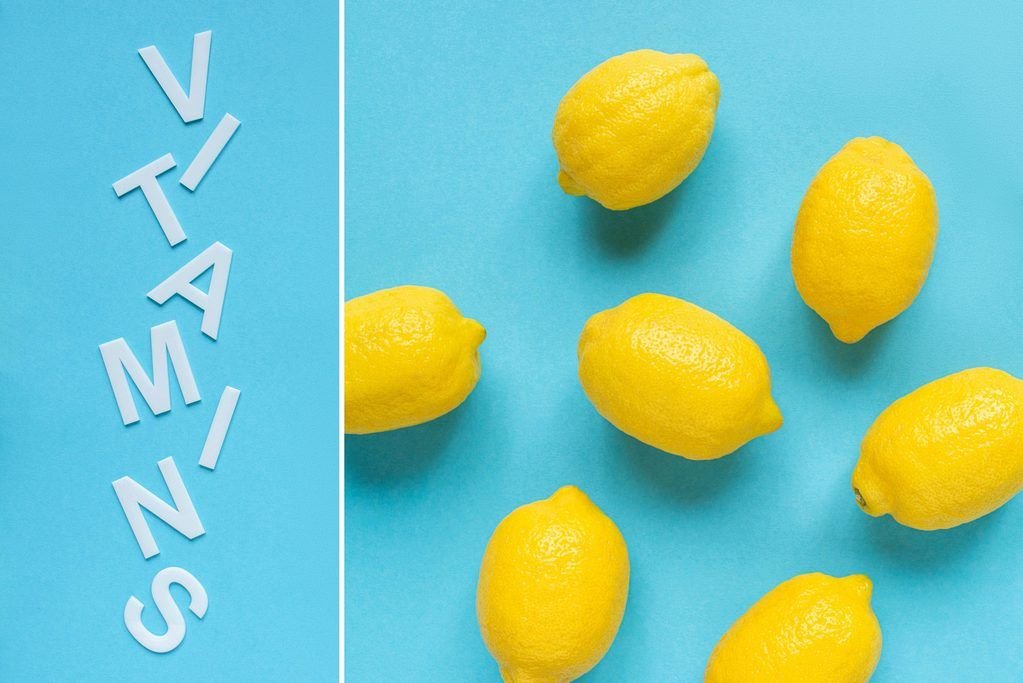Vitamin D is an essential nutrient that is involved in a number of important bodily functions. It is responsible for maintaining healthy bones and teeth, and it also plays a role in immune system function and in regulating blood pressure and insulin production.
Lacking sufficient vitamin D can lead to a number of health problems, including:
- Weak bones: Vitamin D helps the body absorb calcium, which is necessary for strong bones. Lack of vitamin D can lead to weak bones and an increased risk of osteoporosis.
- Impaired immune system function: Vitamin D plays a role in immune system function, and a deficiency can make you more susceptible to infections and diseases.
- Increased risk of cardiovascular disease: Some studies have suggested that low levels of vitamin D may increase the risk of cardiovascular disease.
- Increased risk of certain cancers: Some research suggests that low levels of vitamin D may increase the risk of certain types of cancer, including colon, breast, and prostate cancer.
- Depression: Low levels of vitamin D have been linked to an increased risk of depression.
- Cognitive impairment: Some research suggests that low levels of vitamin D may be associated with an increased risk of cognitive impairment in older adults.
It is important to maintain adequate levels of vitamin D to ensure good health. Vitamin D can be obtained through exposure to sunlight, as well as through certain foods and supplements. If you are concerned about your vitamin D levels, it is a good idea to speak with a healthcare professional for guidance.







